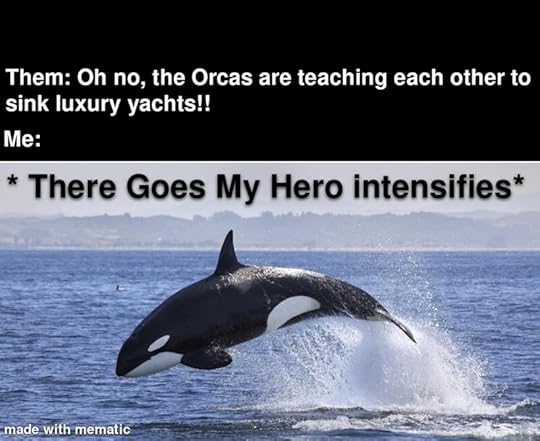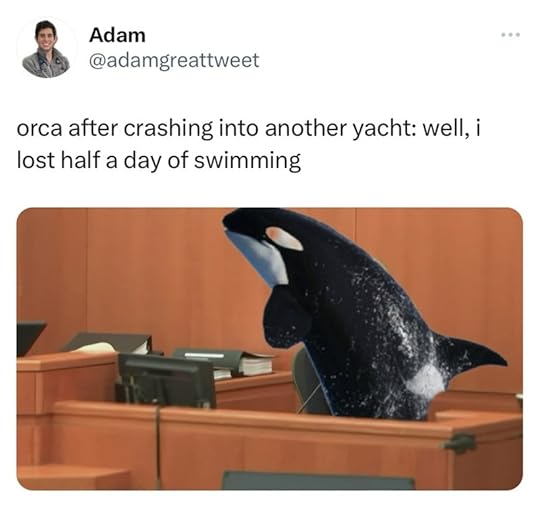What do you think?
Rate this book


318 pages, Paperback
First published May 8, 2001


 come to my blog!
come to my blog!





…these people lived before modern oceanography, before radio and television, and were no more prepared to witness the first man-eating shark in American history rise from the waves than to see Captain Nemo’s Nautilus surface from the abyss. Who could blame them if they saw a “sea monster”?



